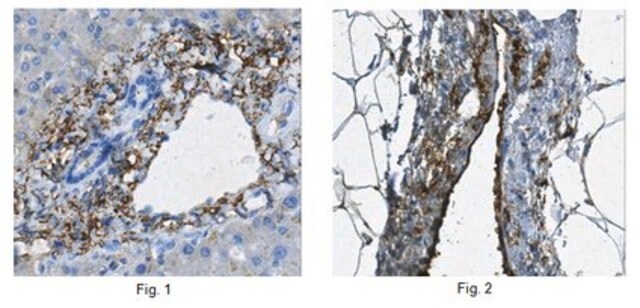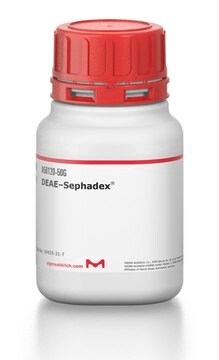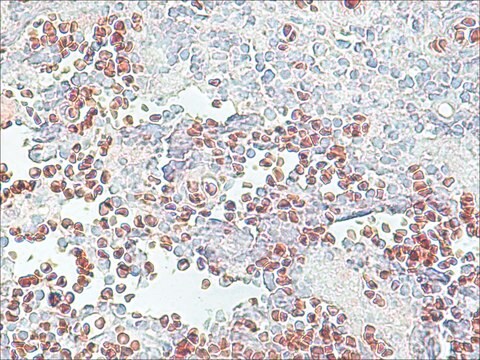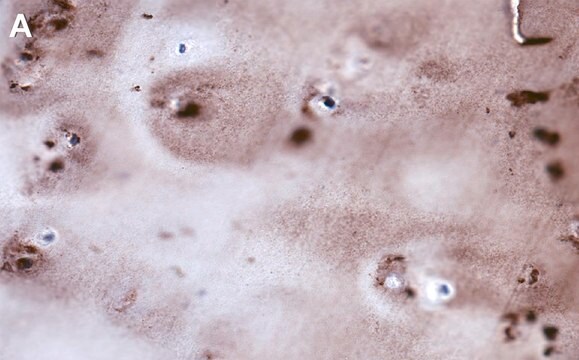MABT401
Anti-Lubricin Antibody/Proteoglycan 4, clone 9G3
clone 9G3, from mouse
Sinônimo(s):
Proteoglycan 4, Lubricin, Megakaryocyte-stimulating factor, Superficial zone proteoglycan, Proteoglycan 4 C-terminal part
About This Item
Produtos recomendados
fonte biológica
mouse
Nível de qualidade
forma do anticorpo
purified immunoglobulin
tipo de produto de anticorpo
primary antibodies
clone
9G3, monoclonal
reatividade de espécies
rat, human
técnica(s)
immunohistochemistry: suitable (paraffin)
western blot: suitable
Isotipo
IgG1κ
nº de adesão NCBI
nº de adesão UniProt
Condições de expedição
wet ice
modificação pós-traducional do alvo
unmodified
Informações sobre genes
human ... PRG4(10216)
Descrição geral
Imunogênio
Aplicação
Immunohistochemistry Analysis: A representative lot detected Lubricin/Proteoglycan 4 in articular cartilage tissue (Elsaid, K.A, et al. (2012). Osteoarthritis and Cartilage. 20:940-948).
Immunohistochemistry Analysis: A representative lot detected Lubricin/Proteoglycan 4 in rat arterial cartilage tissue (Jay, G.D, et al. (2012). Arthritis & Rheumatism. 64(4):940-948).
Immunohistochemistry Analysis: A representative lot detected Lubricin/Proteoglycan 4 in articular cartilage from rat
(Manuscript in preparation).
Western Blotting Analysis: A representative lot detected Lubricin/Proteoglycan 4 in lubricin purified from synovial fluid of patients (Manuscript in preparation).
Qualidade
Western Blotting Analysis: 0.02 µg/mL of this antibody detected Lubricin/Proteoglycan 4 in 1 µg of Lubricin purified protein.
Descrição-alvo
forma física
Outras notas
Não está encontrando o produto certo?
Experimente o nosso Ferramenta de seleção de produtos.
recomendado
Código de classe de armazenamento
12 - Non Combustible Liquids
Classe de risco de água (WGK)
WGK 1
Ponto de fulgor (°F)
Not applicable
Ponto de fulgor (°C)
Not applicable
Certificados de análise (COA)
Busque Certificados de análise (COA) digitando o Número do Lote do produto. Os números de lote e remessa podem ser encontrados no rótulo de um produto após a palavra “Lot” ou “Batch”.
Já possui este produto?
Encontre a documentação dos produtos que você adquiriu recentemente na biblioteca de documentos.
Nossa equipe de cientistas tem experiência em todas as áreas de pesquisa, incluindo Life Sciences, ciência de materiais, síntese química, cromatografia, química analítica e muitas outras.
Entre em contato com a assistência técnica







